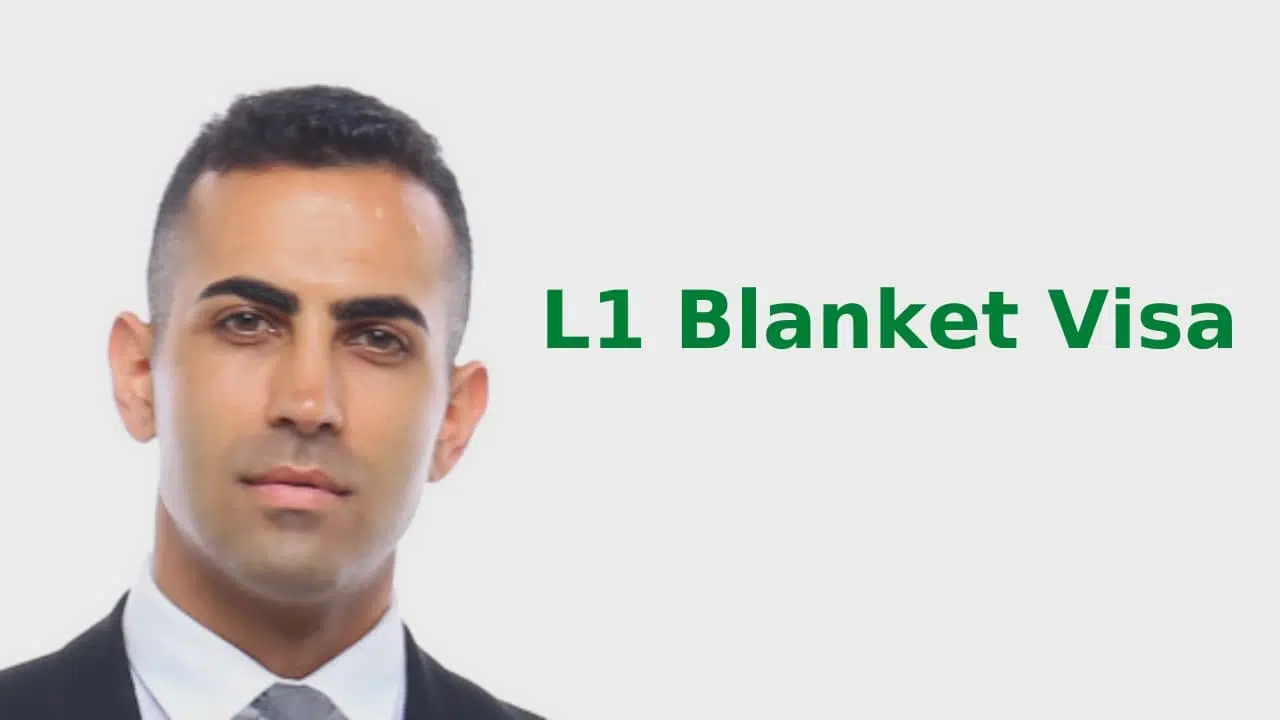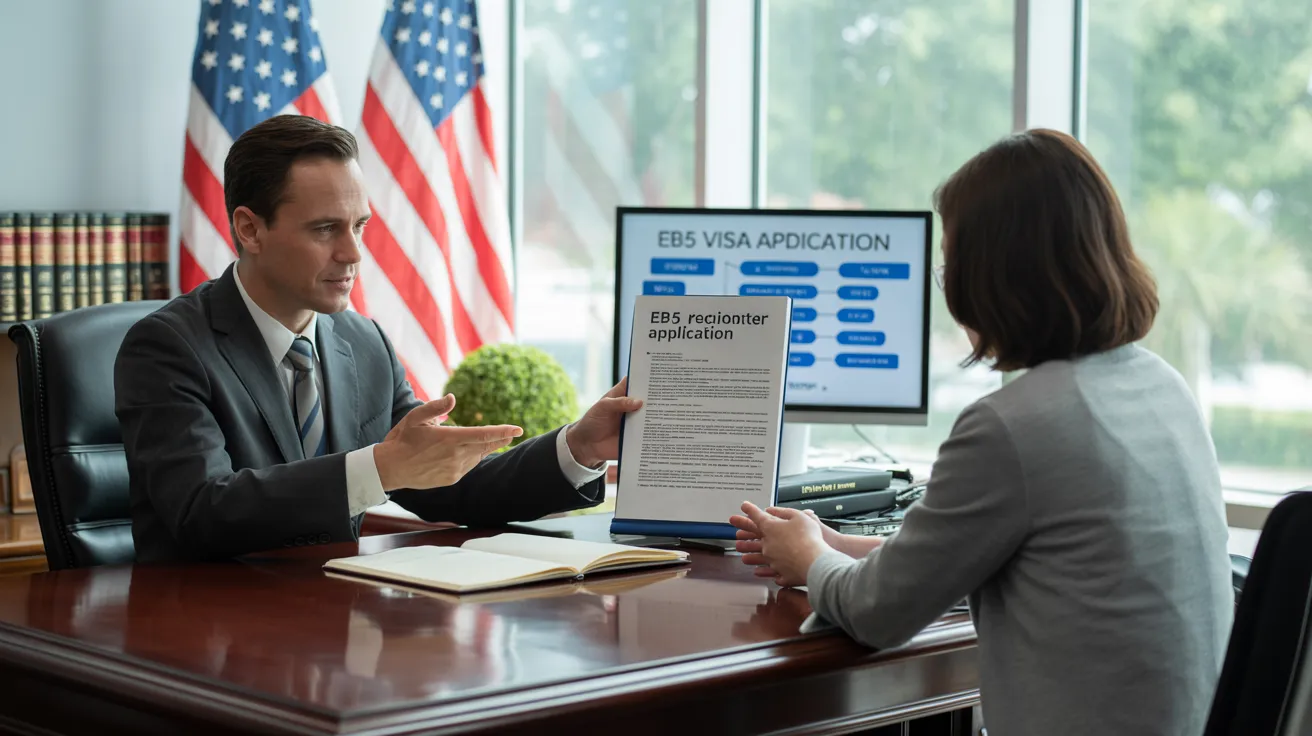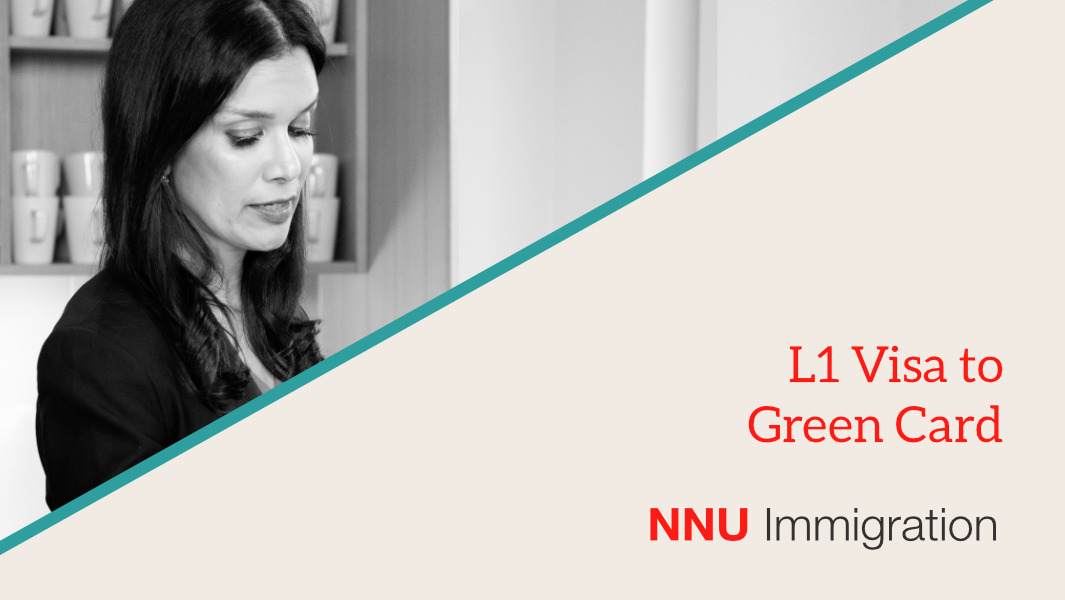L1 Visa for Investors
A Biased View of L1 Visa
Table of ContentsNot known Details About L1 Visa L1 Visa Things To Know Before You BuyL1 Visa for BeginnersGetting My L1 copyright WorkL1 Visa Can Be Fun For AnyoneWhat Does L1 Visa Mean?
Offered from ProQuest Dissertations & Theses International; Social Scientific Research Costs Collection. (2074816399). (PDF). Congress. (PDF). DHS Office of the Assessor General. (PDF). (PDF). "Nonimmigrant Visa Stats". Gotten 2023-03-26. Department of Homeland Safety And Security Workplace of the Inspector General, "Testimonial of Susceptabilities and Potential Abuses of the L-1 Visa Program," "A Mainframe-Size Visa Technicality".
United State Department of State. Retrieved 22 August 2016. "Workers paid $1.21 an hour to mount Fremont tech business's computer systems". The Mercury Information. 2014-10-22. Obtained 2023-02-08. Costa, Daniel (November 11, 2014). "Obscure temporary visas for foreign technology workers depress earnings". Capital. Tamen, Joan Fleischer (August 10, 2013). "Visa Owners Replace Workers".
The Main Principles Of L1 Visa
In order to be qualified for the L-1 visa, the foreign business abroad where the Beneficiary was employed and the united state firm have to have a certifying connection at the time of the transfer. The various kinds of qualifying relationships are: 1. Parent-Subsidiary: The Moms and dad implies a firm, corporation, or various other legal entity which has subsidiaries that it owns and manages."Subsidiary" implies a company, company, or various other legal entity of which a parent owns, directly or indirectly, even more than 50% of the entity, OR has much less than 50% yet has monitoring control of the entity.
Example 1: Firm A is integrated in France and employs the Recipient. Company B is included in the united state and intends to seek the Beneficiary. Firm A has 100% of the shares of Firm B.Company A is the Moms And Dad and Business B is a subsidiary. There is a qualifying connection between the two business and Business B need to be able to fund the Recipient.
Company An owns 40% of Business B. The continuing to be 60% is owned and managed by Firm C, which has no relationship to Company A.Since Business A and B do not have a parent-subsidiary relationship, Business A can not sponsor the Recipient for L-1.
Firm An owns 40% of Company B. The staying 60% is owned by Firm C, which has no relation to Business A. However, Firm A, by official agreement, controls and complete handles Company B.Since Company An owns much less than 50% of Firm B yet manages and regulates the company, there is a certifying parent-subsidiary relationship and Firm A can sponsor the Beneficiary for L-1.
L1 Visa for Beginners
Affiliate: An associate is 1 of 2 subsidiaries thar are both owned and regulated by the same parent or person, or had and controlled by the very same team of individuals, in basically the same proportions. a. Example 1: Business A is included in Ghana and uses the Recipient. Company B is included in the united state
Business C, also incorporated in Ghana, possesses 100% of Company A and 100% of Firm B.Therefore, Company A and Company contact us B are "affiliates" or sister firms and a certifying connection exists between both firms. Firm B should be able to sponsor the Beneficiary. b. Example 2: Company A is included in the united state
Business A is 60% owned by Mrs. Smith, 20% owned by Mr. Doe, and 20% had by Ms. Brown. Company B is included in Colombia and presently uses the Recipient. Business B is 65% owned by Mrs. Smith, 15% owned by Mr. Doe, and 20% owned by Ms. Brown. Business A and Company B are associates and have a qualifying partnership in 2 different means: Mrs.
The L-1 visa is an employment-based read more visa group developed by Congress in 1970, permitting multinational firms to move their managers, execs, or essential employees to their U.S. operations. It is generally described as the intracompany transferee visa. There are 2 primary kinds of L-1 visas: L-1A and L-1B. These types are appropriate for staff members employed in various placements within a company.

Additionally, the recipient must have functioned in a managerial, executive, or specialized employee placement for one year within the 3 years preceding the L-1A application in the foreign business. For brand-new workplace applications, international employment has to have remained in a managerial or executive ability if the recipient is pertaining to the USA to work as a manager or executive.
Little Known Questions About L1 Visa.

If approved for a united state business functional for even more than one year, the preliminary L-1B visa is for as much as three years and can be prolonged for an additional 2 years (L1 Visa). Alternatively, if the united state business is newly developed or has been functional for less than one year, the first L-1B visa is released for one year, with extensions available in two-year increments
The L-1 visa is an employment-based visa classification established by Congress in 1970, permitting international business to move their managers, executives, or vital personnel to their U.S. procedures. L1 Visa process It is typically referred to as the intracompany transferee visa. There are 2 primary sorts of L-1 visas: L-1A and L-1B. These kinds are ideal for employees employed in different positions within a firm.
What Does L1 Visa Do?
Furthermore, the recipient must have functioned in a managerial, executive, or specialized staff member placement for one year within the three years preceding the L-1A application in the foreign business. For new workplace applications, international work should have been in a managerial or executive ability if the recipient is concerning the USA to function as a manager or executive.
for up to seven years to oversee the operations of the U.S. affiliate as an exec or manager. If released for an U.S. business that has been functional for even more than one year, the L-1A visa is originally approved for as much as 3 years and can be expanded in two-year increments.
If provided for an U.S. company operational for greater than one year, the first L-1B visa is for as much as 3 years and can be extended for an extra two years. On the other hand, if the united state company is freshly established or has actually been operational for less than one year, the first L-1B visa is issued for one year, with expansions offered in two-year increments.